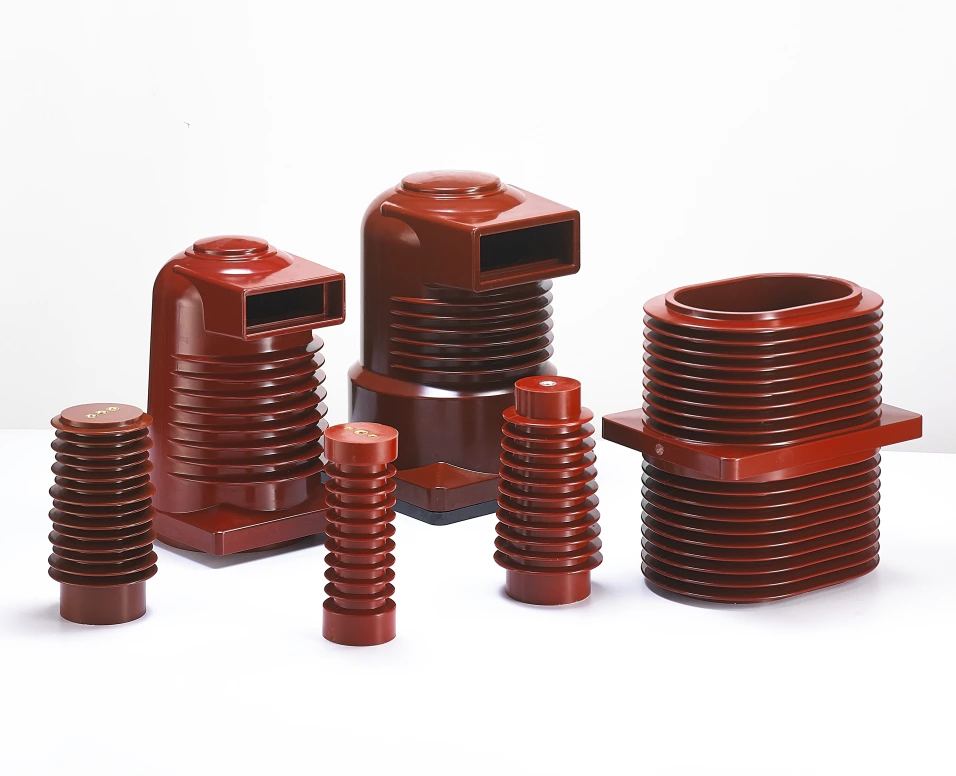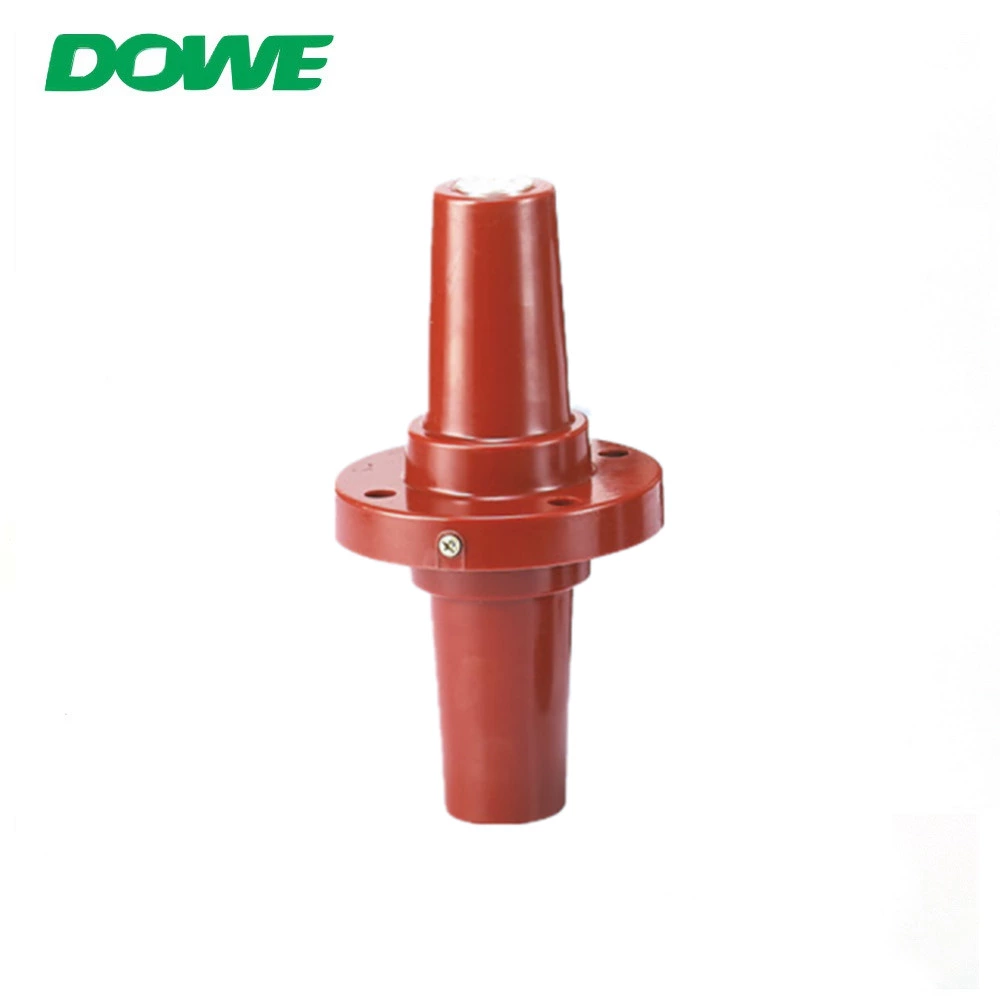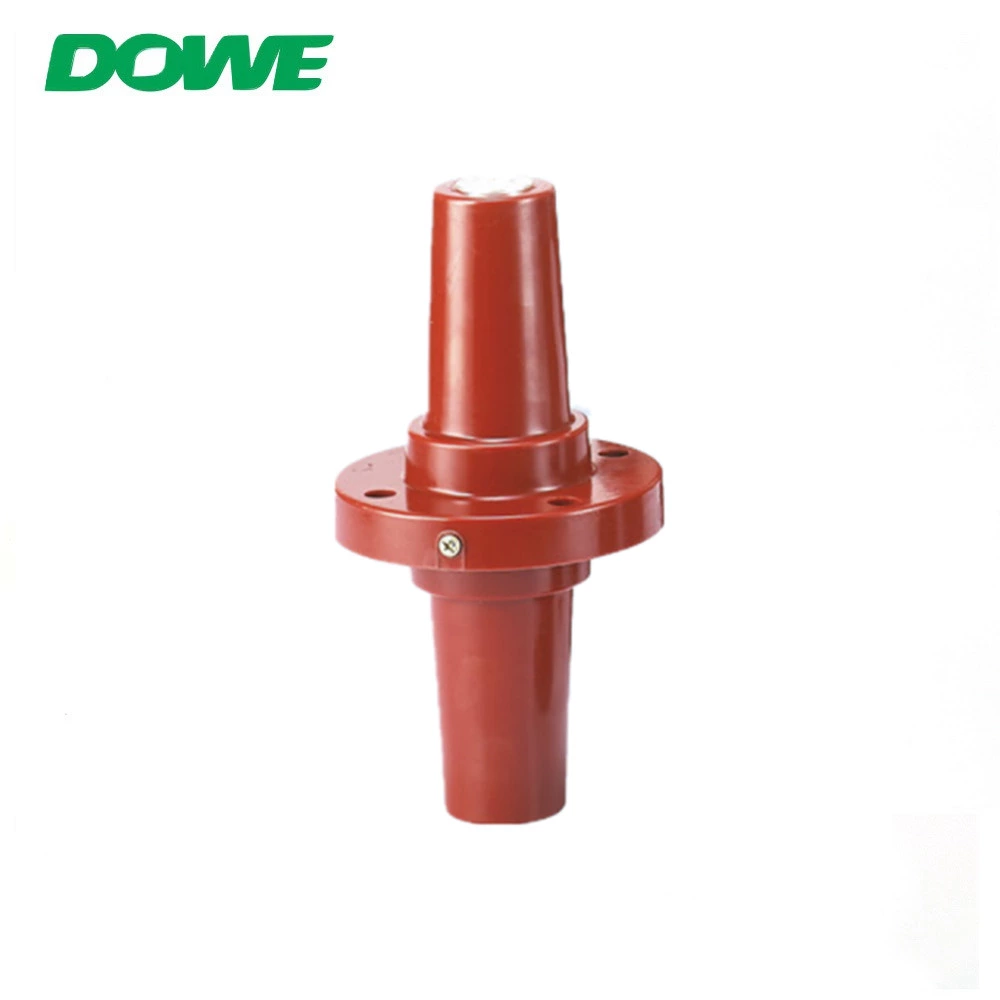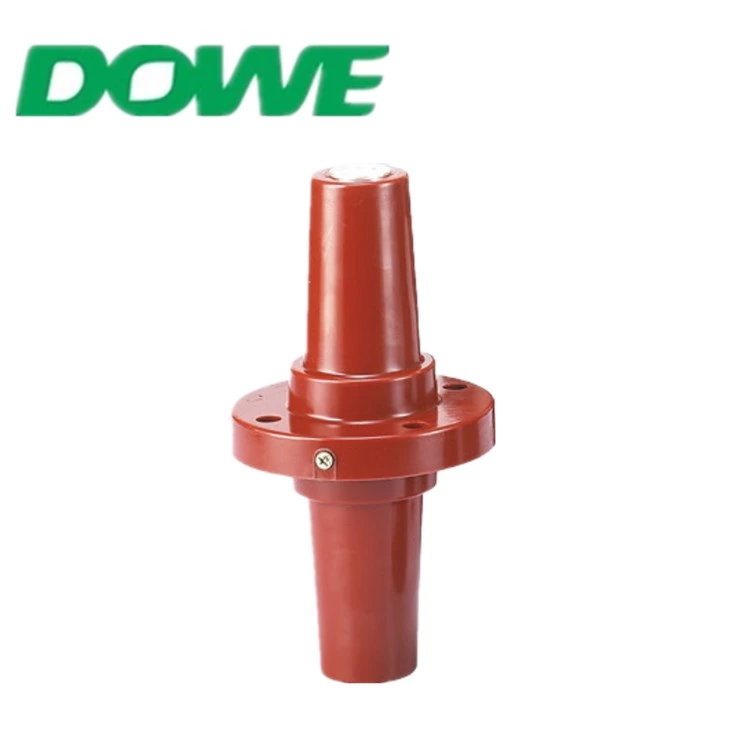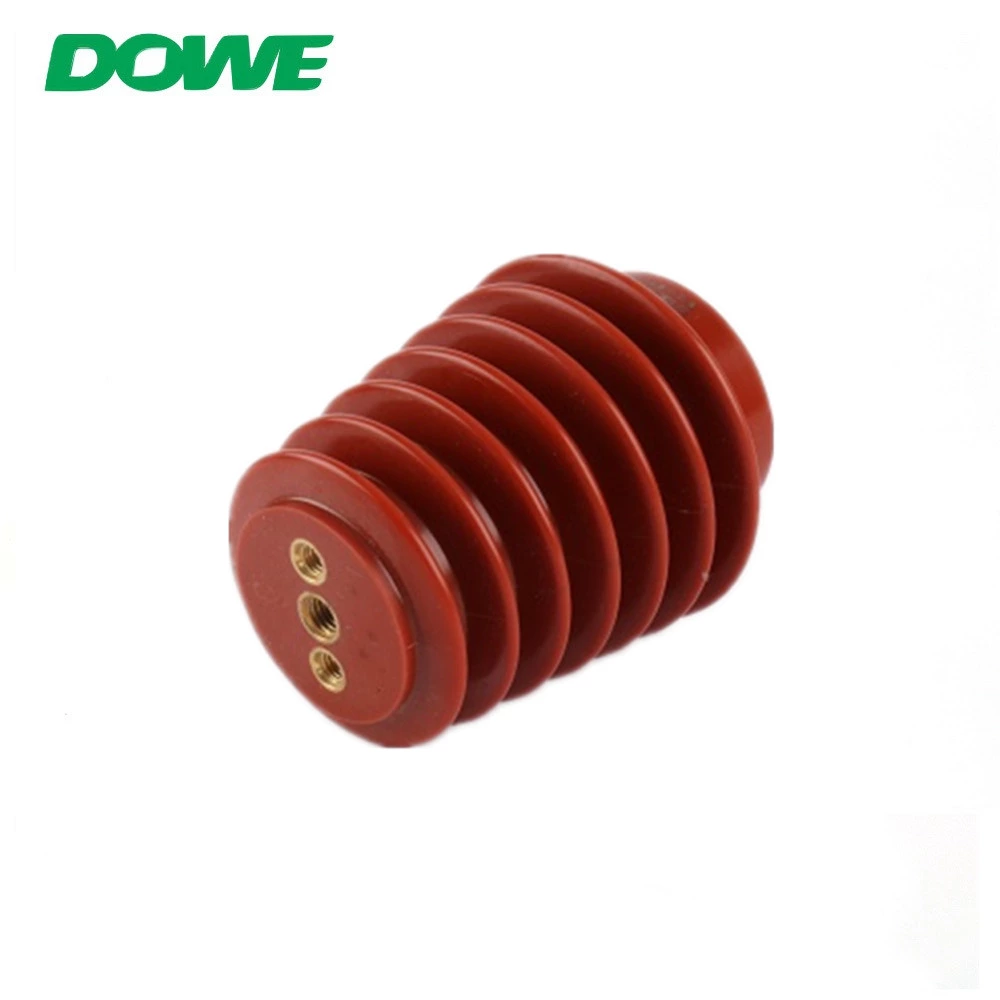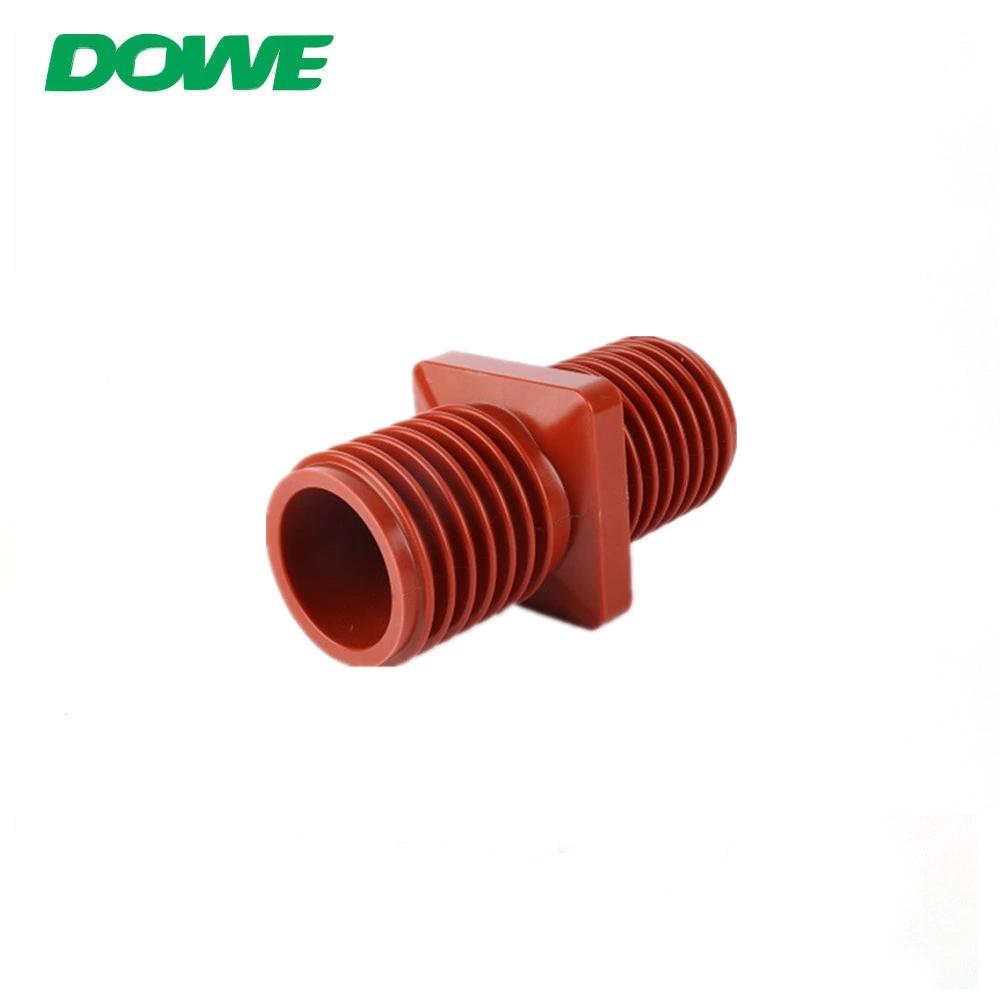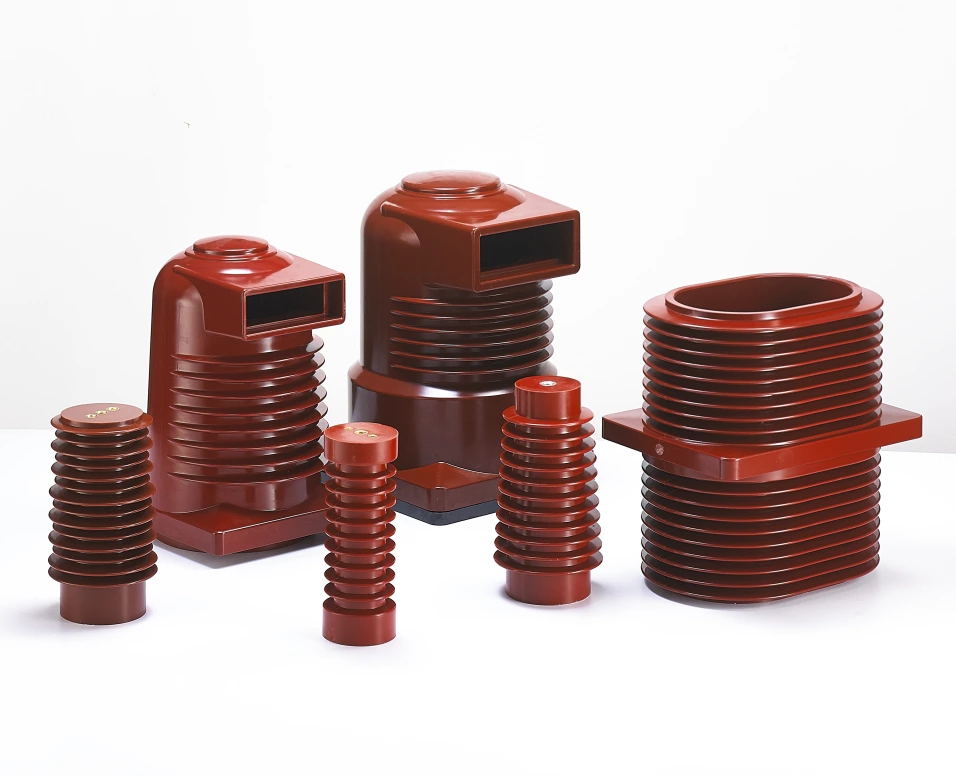Flame Retardant Heat Shrink Tubing
Flame Retardant Heat Shrink Tubing
Introduction
Welcome to our article on Flame Retardant Heat Shrink Tubing! If you're looking for a durable and versatile solution for insulating and protecting electrical splices and terminations, then you've come to the right place. Flame Retardant Heat Shrink Tubing is specifically designed to provide maximum flame retardancy, exceptional insulating and sealing characteristics, and high impact and abrasion resistance.
With a 3:1 shrink ratio, this heat shrink tubing can accommodate various shapes and contours with just one size. It features a thermoplastic meltable adhesive sealant liner that provides complete environmental protection and insulation. Plus, it meets several industry standards for flame retardancy and insulation thickness requirements.
In this article, we will explore the benefits of Flame Retardant Heat Shrink Tubing, its applications, and how to choose the right tubing for your needs. We will also provide installation and usage tips to ensure you get the most out of this versatile product.
So, whether you're working on U.R.D., submersible, or direct burial installations, or you simply need a reliable solution for electrical splices and terminations, Flame Retardant Heat Shrink Tubing is the answer. Let's dive in and discover why this tubing is the go-to choice for demanding requirements.
What is Flame Retardant Heat Shrink Tubing?
Flame retardant heat shrink tubing is a versatile and durable solution for insulating and protecting electrical splices and terminations. It is specifically designed to provide maximum flame retardancy and exceptional insulating and sealing characteristics.
This type of heat shrink tubing has a 3:1 shrink ratio, which allows it to accommodate various shapes and contours with just one size. It is made of a heavy wall polyolefin material that offers high impact and abrasion resistance, making it capable of withstanding severe mechanical abuse in underground, submersible, and direct burial installations.
One of the key features of flame retardant heat shrink tubing is its thermoplastic meltable adhesive sealant liner. This liner provides complete environmental protection and insulation, ensuring that the electrical connections are shielded from dust, moisture, and other corrosive elements.
In terms of safety, flame retardant heat shrink tubing meets various industry standards, including UL 486D, CSA C22.2 No. 198.2, and IEEE 383 Vertical Flame Test. It is also rated for 1000V continuous use and has a continuous operating temperature range of -67°F to 230°F (-55°C to 110°C).
Overall, flame retardant heat shrink tubing is an excellent choice for applications where flame resistance, insulation, and protection are crucial. It provides a reliable and long-lasting solution for a wide range of industries, including automotive, electronics, construction, and telecommunications.
Benefits of Flame Retardant Heat Shrink Tubing
Flame retardant heat shrink tubing offers a range of benefits that make it an essential component in various applications. Here are some key advantages of using flame retardant heat shrink tubing:
-
Maximum flame retardancy: Flame retardant heat shrink tubing is specifically designed to provide exceptional flame resistance. It meets industry standards for flame retardancy, ensuring that it can withstand high temperatures and prevent the spread of fire.
-
Excellent insulation and protection: This type of heat shrink tubing is highly effective in insulating and protecting electrical splices and terminations. It provides a reliable barrier against moisture, dust, and other contaminants, preventing damage and ensuring optimal performance.
-
Durable and versatile: Flame retardant heat shrink tubing is known for its high impact and abrasion resistance. It can withstand severe mechanical abuse, making it suitable for a wide range of applications, including underground installations and direct burial.
-
Easy installation: With its 3:1 shrink ratio, flame retardant heat shrink tubing can accommodate various shapes and contours with just one size. It is easy to install and will not split or rupture, even when overheated during the shrinking process.
-
Complete environmental protection: The tubing features a thermoplastic meltable adhesive sealant liner, providing complete environmental protection and insulation. This ensures that the electrical components are safeguarded against moisture, chemicals, and other environmental factors.
-
Compliance with industry standards: Flame retardant heat shrink tubing meets various industry standards, including UL, CSA, IEEE, and NEMA insulation thickness requirements. This ensures that the tubing is reliable and safe for use in different applications.
-
Wide range of sizes and colors: Flame retardant heat shrink tubing is available in various sizes and colors, allowing for flexibility in design and application. This ensures that it can be customized to meet specific requirements and preferences.
In conclusion, flame retardant heat shrink tubing offers numerous benefits, including maximum flame retardancy, excellent insulation and protection, durability, easy installation, complete environmental protection, compliance with industry standards, and versatility in size and color options. These advantages make it an ideal choice for applications where flame resistance and exceptional performance are crucial.
Applications of Flame Retardant Heat Shrink Tubing
Flame retardant heat shrink tubing is a versatile and durable solution that finds applications in a wide range of industries and settings. Its exceptional insulating and sealing characteristics, combined with its flame retardancy, make it suitable for various applications where maximum protection is required. Here are some common applications of flame retardant heat shrink tubing:
-
Electrical splices and terminations: The heat shrink tubing provides insulation and protection to electrical splices and terminations, ensuring maximum flame retardancy and preventing short circuits or electrical failures.
-
Wire harnesses and cable management: Flame retardant heat shrink tubing is used to bundle and protect wires in wire harnesses, providing strain relief and preventing damage from abrasion or mechanical stress.
-
Automotive industry: It is widely used in the automotive industry for wire insulation, protection of connectors, and sealing of electrical components. The flame retardant properties make it suitable for use in engine compartments and other high-temperature environments.
-
Aerospace and defense: Flame retardant heat shrink tubing is utilized in aerospace and defense applications for wire and cable insulation, protection against harsh environmental conditions, and prevention of moisture ingress.
-
Telecommunications: It is used for insulation and protection of cables and connectors in telecommunications systems, ensuring reliable signal transmission and preventing damage from environmental factors.
-
Marine and offshore applications: Flame retardant heat shrink tubing is resistant to water, making it ideal for marine and offshore applications where cables and connections are exposed to moisture and saltwater.
-
Industrial and manufacturing: It is used in industrial settings for insulation and protection of electrical components, machinery, and equipment. The heat shrink tubing's resistance to abrasion and mechanical abuse makes it suitable for harsh industrial environments.
-
Construction and infrastructure: Flame retardant heat shrink tubing is used in construction and infrastructure projects for electrical insulation, protection of underground cables, and sealing of connections in harsh outdoor conditions.
In summary, flame retardant heat shrink tubing has a wide range of applications across various industries, providing reliable insulation, protection, and sealing properties in demanding environments. Its versatility and durability make it an essential component in many electrical and wiring applications.
How to Choose the Right Flame Retardant Heat Shrink Tubing
Choosing the right flame retardant heat shrink tubing is crucial to ensure the safety and efficiency of your electrical splices and terminations. Here are some key factors to consider when selecting the appropriate tubing for your application:
-
Shrink Ratio: Determine the shrink ratio that best suits your needs. The shrink ratio refers to the amount by which the tubing shrinks when heated. A higher shrink ratio allows the tubing to accommodate various shapes and contours, providing a snug fit.
-
Flame Retardancy: Ensure that the heat shrink tubing you choose meets the necessary flame retardant standards, such as UL 486D and CSA C22.2 No. 198.2. This ensures that the tubing will not contribute to the spread of fire in the event of a fire.
-
Insulating and Sealing Characteristics: Look for tubing that offers exceptional insulating and sealing properties. This will provide maximum protection against moisture, dust, and other environmental factors that could potentially damage your electrical connections.
-
Durability: Consider the level of impact and abrasion resistance required for your application. Heavy wall heat shrink tubing is designed to withstand severe mechanical abuse, making it ideal for underground and direct burial installations.
-
Temperature Range: Determine the operating temperature range of the tubing to ensure it can withstand the specific conditions of your application. Heat shrink tubing should be able to handle both high and low temperatures without compromising its performance.
-
Size and Diameter: Select the appropriate size and diameter of the tubing to ensure a proper fit for your wires and cables. Measure the diameter of your cables and choose a tubing size that allows for easy installation.
By considering these factors, you can choose the right flame retardant heat shrink tubing that provides the necessary protection and performance for your specific application. Remember to follow the manufacturer's instructions for proper installation and usage to ensure optimal results.
Installation and Usage Tips for Flame Retardant Heat Shrink Tubing
Installing flame retardant heat shrink tubing is a straightforward process that requires attention to detail to ensure optimal performance and protection. Here are some installation and usage tips to keep in mind:
-
Prepare the surface: Before applying the heat shrink tubing, make sure the surface is clean and free from any dirt, oil, or moisture. This will ensure a secure and reliable bond between the tubing and the substrate.
-
Choose the right size: Select the appropriate size of heat shrink tubing for your application. Measure the diameter of the object you want to cover and choose a tubing size that will shrink to fit snugly over it. Remember that the shrink ratio of the tubing should be compatible with the size and shape of the object.
-
Apply heat evenly: Use a heat gun or heat shrink oven to apply heat evenly to the tubing. Move the heat source back and forth to distribute the heat evenly and avoid overheating in one spot. Be cautious not to overheat the tubing, as this can cause it to melt or deform.
-
Ensure complete shrinkage: Monitor the tubing closely as it shrinks to ensure it fully conforms to the shape of the underlying material. Check for any areas that may not have fully shrunk and apply additional heat if needed. This will ensure a tight and secure fit.
-
Check for proper insulation: After the tubing has cooled down, inspect it to ensure there are no gaps or exposed areas. The tubing should provide complete insulation and protection for the splices or terminations it covers. If any gaps are found, reapply heat to the affected areas until the tubing fully seals.
-
Follow safety guidelines: Always follow safety guidelines when working with heat shrink tubing. Use appropriate protective equipment, such as gloves and safety glasses, to prevent burns or injuries. Additionally, ensure proper ventilation in the workspace to avoid inhaling any fumes emitted during the shrinking process.
By following these installation and usage tips, you can ensure the proper application and performance of flame retardant heat shrink tubing. Remember to consult the manufacturer's instructions for specific guidance on the product you are using.

